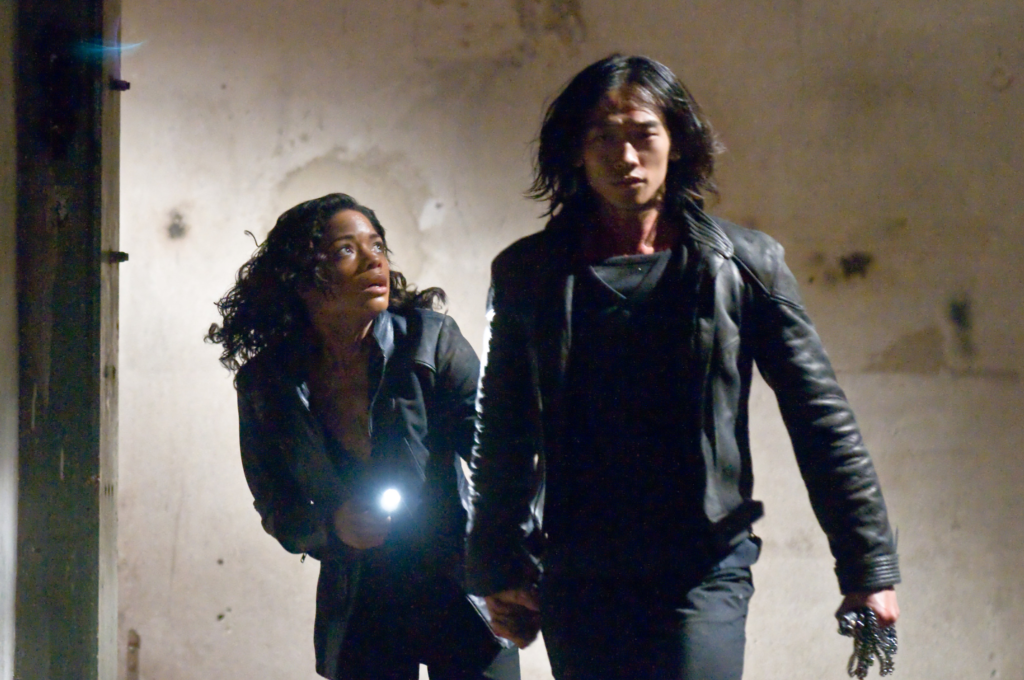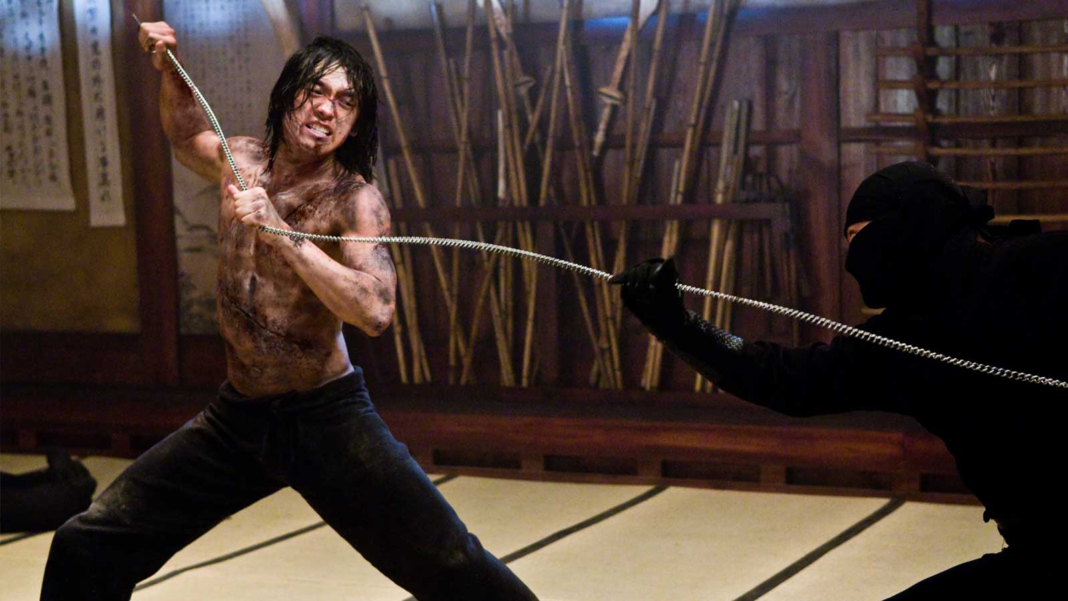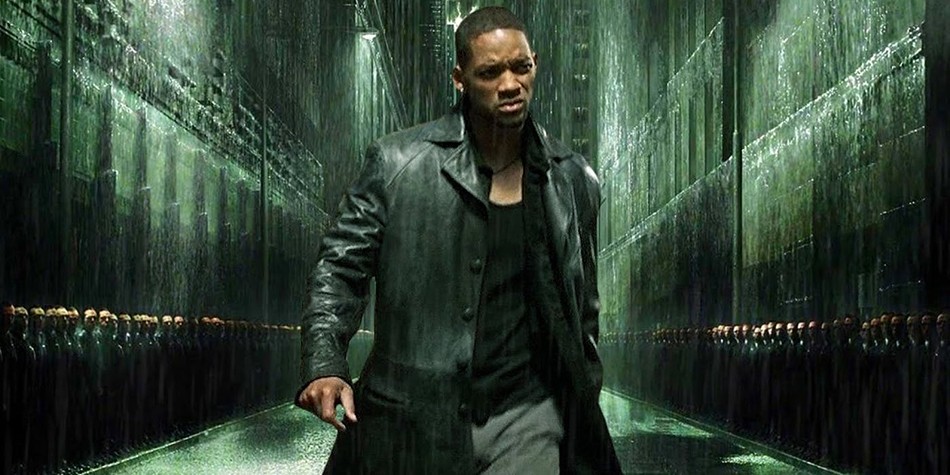A look back at what makes Ninja Assassin (2009) an uncompromising vision of what ultimate action cinema could be in the 2000s.

2009 was a great year for ninja fans: Isaac Florentine’s Ninja was a high-octane martial arts fest featuring rising action star Scott Adkins. The other film in that year was Ninja Assassin, another fruitful collaboration between producers the Wachowskis and director James McTeigue after V for Vendetta. Ninjas and Korean superstar Rain already made an appearance in Speed Racer the year before, and I guess the Wachowskis decided it was time to give both a bigger stage. Ninja Assassin became an awesome blood-soaked update to the ninja classics of the 1980s, so let’s have a look!
Raizo (Rain), an outcast of the ninja assassin clan Ozunu, lives in hiding, while Europol agent Mika traces a murder back to the Ozunu. When ninjas try to kill her, she saved by Raizo, and the two team up to bring down the clan and its sadistic leader (Sho Kosugi).
Weakness Compels Strength. Betrayal Begets Blood
The film’s title is a fitting two-word summary of the plot, and the opening sequence shows us where we’re headed: a squad of ninjas slays its foes mercilessly with fountains of blood and flying body parts. Despite this over-the-top start the film keeps it straight and avoids spoofing of the 80s ninja classics. Director McTeigue creates slick visuals and plays effectively with darkness and shadows that make the whispering ninjas often seem like ghosts.
The action sequences are spectacular, but do not find a worthy counterpart outside of them. The plot tries to establish a link between ancient ninja traditions and our modern world but ends up being fairly run-off-the-mill: a strained sensei-student relationship, and a police squad that pokes around without much success. Fortunately, all this never drags on too long, and the next fight comes swiftly.
I Think We Can Handle a Few Masked Whack Jobs Wearing Pajamas

The bland characters are another weak point, except for Sho Kozugi’s commanding portrayal of the cruel clan boss Ozunu. Rain is not as charismatic as one might have hoped for in his role as a stone-cold killer with a tragic past, but it’s not a major complaint. His performance in the action sequences is fantastic, he whirls through them like a tornado and thanks to being a phenomenal dancer he executes the fight choreography perfectly.
Chad Stahelski and David Leitch are two of the greatest action directors of our times, and for Ninja Assassin they headed the action crew. Their talent and passion results in an astonishing display of mayhem and carnage. The set pieces are fantastic with impressive hand-to-hand and weapon fights. Every weapon from the ninja armory is allowed to do its bloody work, and the ninja squad delivers spectacular stunt work.
A Bload-Soaked Update to the 1980s Ninja Action Classics

The sharp blades are a good justification for extremely graphic displays of violence, and it seems the production team fell seriously in love with CGI blood and gore. I usually am not a fan of computer-generated effects instead of practical ones, but the ones in this film don’t look bad, and care was taken to make them an integral part of each fight scene, and not just an afterthought. And if you ever asked yourself who would win the fight of a ninja clan vs. a heavily weaponized SWAT unit, you’ll get your answer in the fiery finale.
Ninja Assassin is a gory and stylish spectacle with a fantastic fight choreography. Its uncompromising vision of action cinema makes it an ultimate genre classic of the 2000s.









